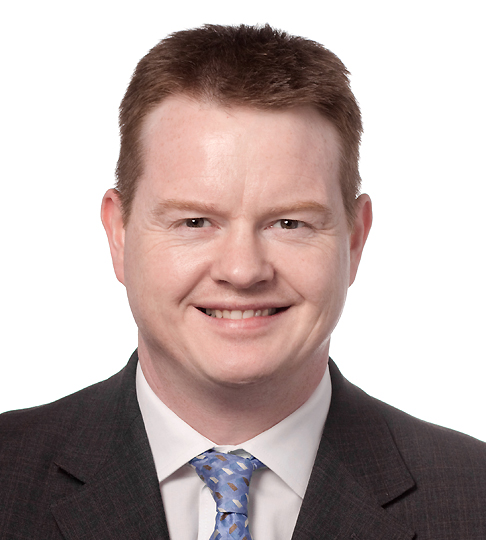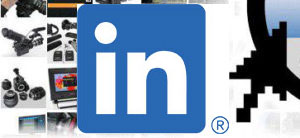IP-Special: Harmonic, Ian Trow
Ian Trow ist Senior Director Emerging Technologies & Strategy bei Harmonic, einem Unternehmen mit Schwerpunkt Video Delivery Infrastructure und bietet hier Lösungen von der Produktion bis zur Distribution. Im folgenden finden Sie die vollständige Version seiner Antworten auf die Fragen von film-tv-video.de — in englischer Sprache.
IP for broadcast was amongst the hot topics at NAB and IBC. What is your opinion concerning this topic?
IP for broadcast certainly is a hot topic nowadays due to several reasons. Broadcasters are adopting the use of standard IT-based technologies, solutions and operational practices as a way to reduce overall costs. In addition to being much more flexible and scalable than a traditional hardware-based architecture, an IP-based infrastructure offers significant CAPEX and OPEX savings. In today’s rapidly changing broadcast environment, we’re finding that an agile, streamlined and scalable operational workflow is a key requirement, as is improved content accessibility and collaborative workflows.
Previously, the use of IP has been constrained to certain islands of functionality within a workflow. The momentum behind IP-based infrastructure is already present for the encapsulation of media. The rapid rise of production equipment, for interfacing as well as processing data in a broadcast workflow in the IP domain, has further driven broadcasters toward an IP-based infrastructure.
Currently the industry discusses several standards and methods in IP based production and transmission, SMPTE 2022 and AVB being amongst them. Which standard does your company support — and why?
Harmonic supports SMPTE 2022 through our Ellipse contribution encoder product line and Proview family of integrated-receiver-decoders — IRDs — for distribution. We have seen tremendous interest in IP-based contribution applications utilizing SMPTE 2022 to transport media-specific traffic over generic IP-based infrastructure. Robust and resilient transport is important and explains the widespread use of Forward Error Correction techniques, which are vital toward enabling the use of RTP delivery methods. The row/column FEC scheme of SMPTE 2022 protects against the type of transmission losses experienced in media applications.
Which areas of the broadcast industry will be the first to adopt and implement IP based technology?
Harmonic was at the forefront in adopting IP-based interfacing in compressed headends. Our DiviTrack multiplexer was at the heart of this transition and allowed bespoke broadcast interfaces like MPEG transport stream over ASI to replace more common IP interfacing.
For baseband video, we are now seeing a significant market push toward the replacement of baseband video interfacing. Operators are moving away from SDI to compressed and uncompressed video encapsulated over IP.
What’s your companies IP based flagship project or product?
Beyond the Harmonic DiviTrack multiplexer described above, our key products are the Electra XVM virtualized media processor and Electra X advanced media processor. These encoders are at the heart of Harmonic’s IP-based headend architecture.
The Electra X is part of Harmonic’s VOS product line, which includes both pure software- — e.g., Electra XVM — and appliance-based — e.g., Electra X2 for SD, HD and multiscreen applications and the Electra X3 for UHD processing — media processing solutions.
The introduction of the Electra X media processor demonstrates the growing requirement for software-based, virtualized system deployments leveraging an IP server infrastructure. The key advantage of adopting such an IP-centric approach is increased agility, flexibility and scalability. The broadcast and related markets have now moved on from just encapsulating media to architected full IP-based solutions. Into the future, Harmonic expects to see the industry move toward IP-based solutions with interfaces offering 40 or 100G IP connects to further displace SDI in production workflows.
It is clear that there is a strong desire to move to an IP-based infrastructure, as a large number of broadcasters are commissioning 4K/UHD services and require higher bandwidth capabilities. This scenario will fuel the rapid adoption of IP-based technologies into the production workflow, enabling broadcasters to handle uncompressed or lightly compressed media.
Empfehlungen der Redaktion:
02.07.2015 – IP-Special: Aspera, Francois Quereuil
02.07.2015 – IP-Special: Axon, Jan Eveleens
02.07.2015 – IP-Special: Broadcast Solutions, Rainer Kampe
02.07.2015 – IP-Special: Cisco, Thomas Kernen
02.07.2015 – IP-Special: Dimetis, Joachim Kniesel
02.07.2015 – IP-Special: EVS, James Stellpflug
02.07.2015 – IP-Special: Grass Valley, Mark Hilton
02.07.2015 – IP-Special: Imagine, Jochen Kuhnen
02.07.2015 – IP-Special: LSB, Axel Kern
02.07.2015 – IP-Special: Lawo, Andreas Hilmer
02.07.2015 – IP-Special: Matrox, Dan Maloney
02.07.2015 – IP-Special: Nobeo, Stefan Hoff
02.07.2015 – IP-Special: Quantel/Snell, Tim Felstead
02.07.2015 – IP-Special: Riedel, Ramon Pankert
02.07.2015 – IP-Special: SonoVTS, Stefan Krömer
02.07.2015 – IP-Special: Sony, Norbert Paquet
02.07.2015 – IP-Special: TPC, Andreas Lattmann
02.07.2015 – IP-Special: TV Skyline, Wolfgang Reeh
02.07.2015 – IP-Special: Teracue-Eyevis, Karl-Heinz Wenisch
02.07.2015 – IP-Special: Qvest Media, Daniel Url












